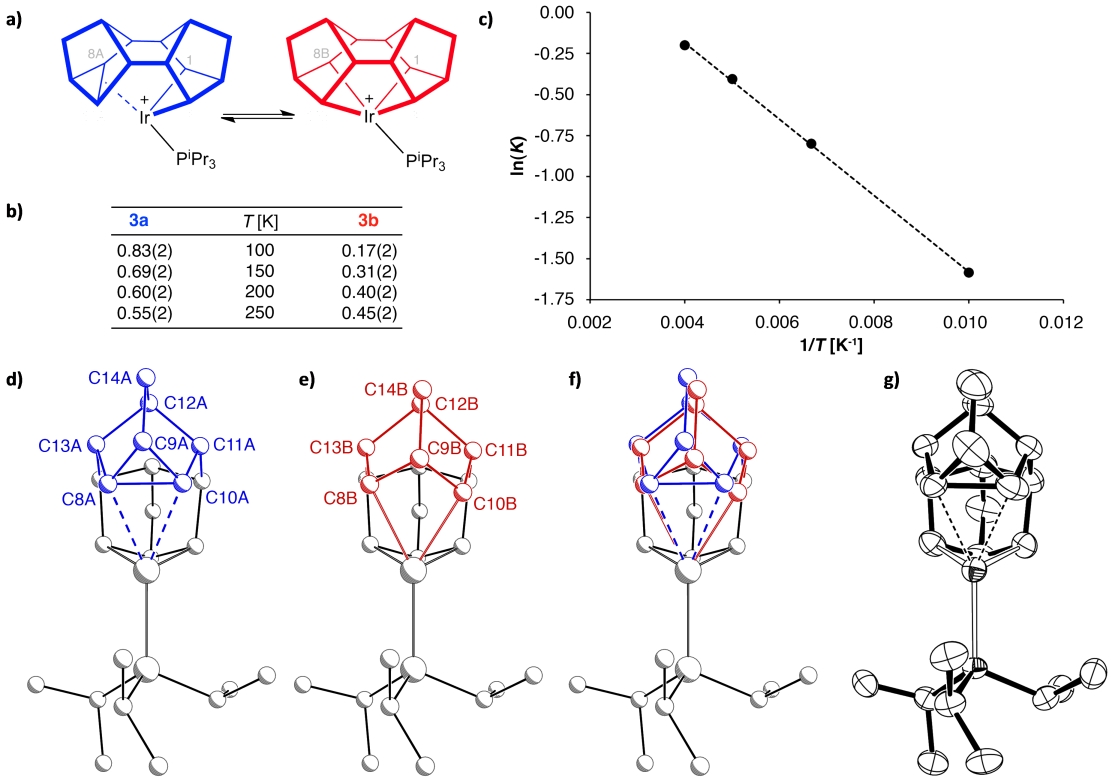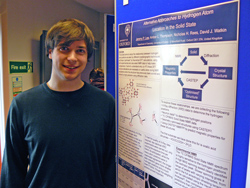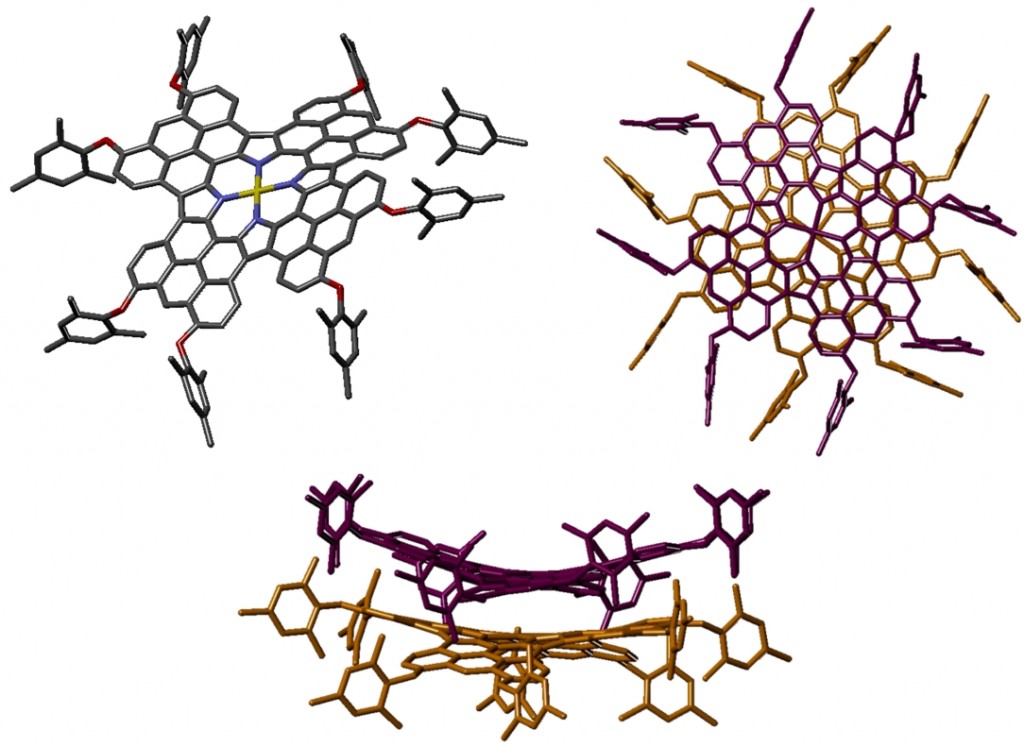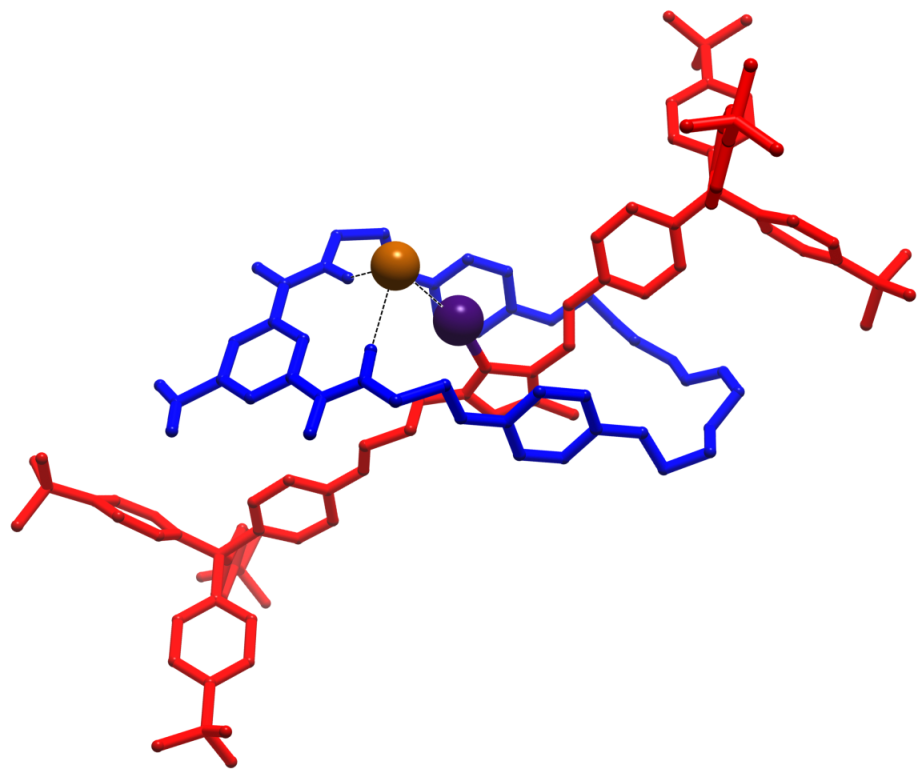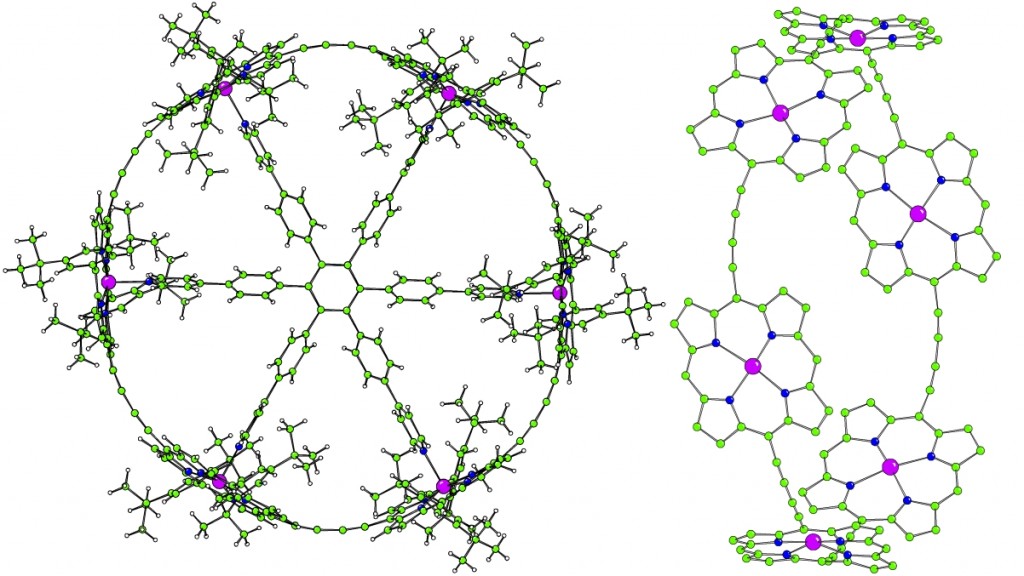Acta Cryst. (2011), A67, 21-34. [ doi:10.1107/S010876731004287X ]
The practical use of the average and difference intensities of Friedel opposites at different stages of structure analysis has been investigated. It is shown how these values may be properly and practically used at the stage of space-group determination. At the stage of least-squares refinement, it is shown that increasing the weight of the difference intensities does not improve their fit to the model. The correct form of the coefficients for a difference electron-density calculation is given. In the process of structure validation, it is further shown that plots of the observed and model difference intensities provide an objective method to evaluate the fit of the data to the model and to reveal insufficiencies in the intensity measurements. As a further tool for the validation of structure determinations, the use of the Patterson functions of the average and difference intensities has been investigated and their clear advantage demonstrated.
Electronic reprints
Publisher’s copy
